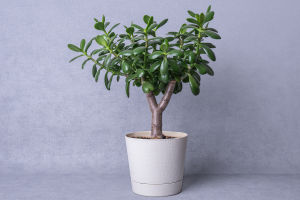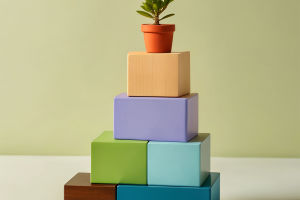Hey Lykkers! Ever wondered how those lush, vibrant gardens full of greenery come to life from tiny, humble seeds?
Breeding and cultivating seedlings is an art and science, and it's more fascinating than it seems! Here's a captivating guide to help understand the magic of growing life from seed to sprout.
Selecting the Right Seeds
Everything starts with choosing high-quality seeds. Gardeners know that not all seeds are created equal. Opt for seeds that are fresh and well-suited to the local climate. Seed packets often carry useful information, detailing which conditions work best. Certain seeds, like tomatoes or peppers, may need more warmth, while others, like lettuce, thrive in cooler soil. Reading up on the characteristics of each plant type ensures better growth.
The Soil's Secret Recipe
Healthy seedlings depend on good soil, often referred to as the “secret recipe” of successful cultivation. Seed-starting soil should be rich in nutrients, light, and well-aerated. A common mix includes peat moss, vermiculite, and compost. It's essential to avoid heavy garden soil, which may be too dense and retain too much water. The right balance helps roots develop and ensures that seedlings stay strong and disease-free.
Sowing Seeds: The Art of Planting
Sowing seeds requires a gentle touch. Small seeds need only be sprinkled lightly across the soil's surface, while larger seeds may need to be planted deeper. One general rule of thumb: plant seeds at a depth two to three times their diameter. Press the soil lightly but firmly around the seeds, ensuring they make good contact with the soil.
Seed Starting Masterclass: Complete Guide to Grow Seedlings
Daisy Creek Farms with Jag Singh
Watering: Not Too Much, Not Too Little
Seedlings love water, but not drowning! A fine mist spray keeps the soil moist without disturbing the seeds. Overwatering can cause root rot or "damping off," a common seedling disease. Covering seed trays with plastic wrap or a humidity dome can help maintain moisture levels, but it's crucial to remove the cover once seedlings emerge to prevent mold growth.
Temperature and Light: The Growth Essentials
Temperature and light are crucial for seed germination and seedling development. Most seeds prefer warmth, between 65°F to 75°F (18°C to 24°C), for germination. Seedling heat mats can provide consistent warmth, especially for tropical plants. Once sprouted, seedlings need 12-16 hours of light per day. Using LED grow lights or placing seedlings near a south-facing window ensures they receive enough light. Without proper lighting, seedlings may become leggy and weak.
Thinning Seedlings: A Necessary Sacrifice
Once seedlings grow their first true leaves, it's time for thinning. It may seem harsh, but thinning ensures that each seedling has enough room to flourish. Remove the weaker seedlings by snipping them at the soil line, leaving about 2-3 inches between the remaining plants. This reduces competition for nutrients, light, and water, helping the strongest plants thrive.
Hardening Off: Preparing for the Great Outdoors
Seedlings grown indoors need to be prepared before facing the real world. This process, called hardening off, involves gradually exposing seedlings to outdoor conditions over 7-10 days. Start by placing them outside for a few hours each day, gradually increasing their time outdoors. This acclimatization strengthens their stems and helps them adapt to sunlight, wind, and temperature fluctuations.
Transplanting: The Grand Move
Once seedlings have grown strong and healthy, it's time for the grand move to the garden. Transplant on a cloudy day or in the early evening to minimize transplant shock. Dig a hole big enough to accommodate the roots, gently place the seedling, and press the soil firmly around it. A final watering sets the roots in place and gives the seedling a strong start.
Final Thought to Plant in Your Mind
Growing seedlings is a rewarding journey that connects us with the wonders of nature. Watching tiny seeds transform into lush plants is an experience full of discovery and joy. So, happy cultivating, Lykkers! May every seed sown bring forth vibrant, thriving greenery.


